In recent years, the Raspberry Pi has gained popularity as a versatile and low-cost microcomputer that can be used for a variety of projects. One such project is the creation of a radar system using the Raspberry Pi.
The concept of radar, or radio detection and ranging, dates back to the early 1900s when it was primarily used for military purposes. Today, radar technology has evolved and is used in various fields such as weather forecasting, air traffic control, navigation systems, and even self-driving cars.
In this document, we will explore the basics of radar technology and how it can be implemented using a Raspberry Pi.
Using the Radar Sensor with a Raspberry Pi
Setup the Hardware
To successfully build our radar system, in addition to the Raspberry Pi, we will need a few essential components. Let’s take a closer look at each one:
- Radar sensor: This crucial component emits electromagnetic waves and measures their reflections to detect objects in its vicinity. For our DIY project, we have two popular options: the HC-SR04 or the RCWL-0516 radar sensors. Both offer reliable performance and accuracy.
- Breadboard: To simplify the process of connecting and disconnecting components without the need for soldering, we will utilize a breadboard. This versatile tool provides a convenient platform for prototyping and enables us to easily rearrange our circuitry as needed.
- Jumper wires: These indispensable wires play a vital role in establishing the necessary connections between the radar sensor and the Raspberry Pi. By utilizing jumper wires, we ensure seamless communication and proper integration between the components.
- Power supply: For the HC-SR04 sensor, we will require a 5V power supply, while the RCWL-0516 operates efficiently with a 3.3V power supply. Ensuring the correct power supply voltage is crucial for optimal sensor performance and accurate object detection. [2]
By including these additional details, we can ensure a comprehensive understanding of the components required to build our radar system using the Raspberry Pi.
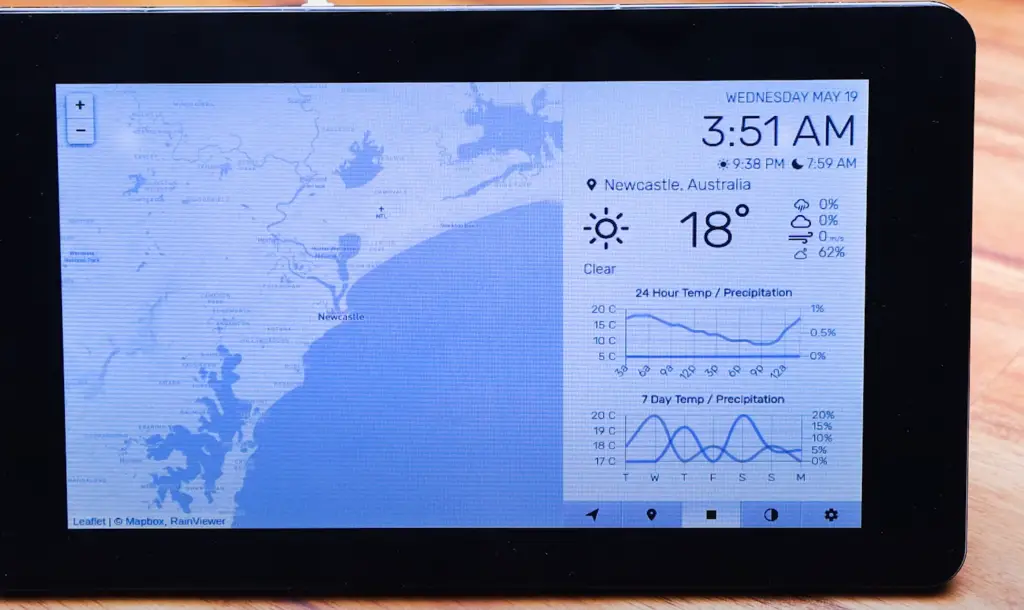
Get the SDK
As an alternative, we can also explore the utilization of open-source libraries like WiringPi or BCM2835. These libraries provide user-friendly APIs that facilitate easy access to the GPIO pins of the Raspberry Pi, enabling us to control and interact with external devices effectively. WiringPi offers a simplified approach to controlling GPIO pins, while BCM2835 provides direct access to the Broadcom BCM2835 chip, offering more advanced capabilities. By leveraging these resources, we can enhance the functionality and flexibility of our radar system, opening up possibilities for additional features and customizations.
By carefully considering the available options for software development kits and open-source libraries, we can ensure that our radar system is built on a solid foundation, enabling us to achieve optimal performance and meet our project requirements effectively. [2]
Build and Run the Test Sketch
Now that we have obtained the necessary hardware components and Software Development Kit (SDK), we can proceed with building and running a test sketch to ensure the proper functioning of our system.
To begin, let’s focus on the HC-SR04 sensor. With this sensor, we can utilize a simple script written in either Python or C++ to gather data. This script will enable us to measure distances accurately and efficiently.
On the other hand, for the RCWL-0516 sensor, we will require a more complex codebase that utilizes the Arduino Integrated Development Environment (IDE). This codebase will enable us to gather more detailed information about the objects detected by the sensor.
Once we have successfully executed the test sketch, it is crucial to verify the accuracy of our radar system. We can achieve this by placing various objects in front of the sensor and carefully observing the results.
This step is of utmost importance as it allows us to fine-tune any parameters that may affect the overall performance and reliability of our radar system. By doing so, we ensure that our system operates optimally in various scenarios and conditions. [2]
Resources and Going Further
In this comprehensive document, we have delved into the basics of radar technology and demonstrated its implementation using a Raspberry Pi. However, it is important to acknowledge that the realm of possibilities extends far beyond what we have covered thus far. By leveraging additional resources such as a plethora of online tutorials, vibrant forums, and thriving communities dedicated to Raspberry Pi projects, we can embark on a journey of continual growth and exploration with our radar system.
The versatility of the Raspberry Pi, combined with the ever-evolving advancements in radar technology, opens up a world of endless possibilities. From enhancing the accuracy and range of our radar system to exploring novel and exciting applications, the future holds immense potential. By staying connected with the Raspberry Pi community and keeping abreast of the latest developments, we can push the boundaries of what is achievable and unlock new horizons in radar technology. Let us embrace this exciting journey of innovation and discovery! [2]
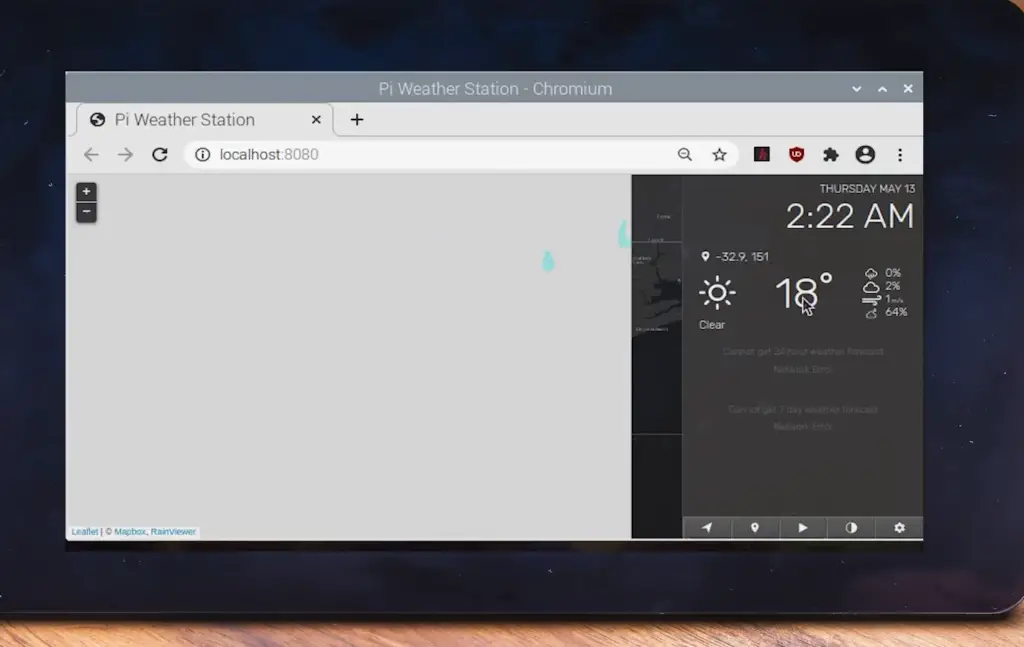
Project Description
The Raspberry Pi radar project serves as an exceptional exemplification of the immense potential that lies within the utilization of a single-board computer. With the fusion of the Raspberry Pi’s capabilities and radar technology, we are able to construct a highly sophisticated system that possesses the capability to accurately detect objects within its proximity.
This project extends far beyond the realm of a captivating do-it-yourself endeavor; it encompasses a broad spectrum of practical applications as well. For instance, within the domain of home automation, this system can be employed to diligently detect movement, while simultaneously serving as a robust security system that vigilantly monitors any signs of unauthorized activity. Moreover, the Raspberry Pi radar project holds the potential to significantly contribute to the realm of navigation and mapping for autonomous vehicles, further accentuating the vast possibilities that this project encompasses.
One notable aspect of this project is the utilization of open-source libraries and resources. By employing these communal assets, we are not only enhancing our individual skill set but also actively contributing to the progression of technology as a whole. The Raspberry Pi radar project beautifully amalgamates creativity, innovation, and community collaboration, ultimately creating a fertile ground for limitless future developments. So, let us embark upon this exhilarating journey and witness the bountiful opportunities that await us! [1]
Project Implementation
The implementation of the Raspberry Pi radar project can be divided into three broad steps. Firstly, it involves acquiring the necessary hardware components to make the project a reality. This includes obtaining a Raspberry Pi board, as well as sensors such as the HC-SR04 Ultrasonic Sensor and RCWL-0516 Microwave Radar Motion Sensor. Additionally, jumper wires, a breadboard, and suitable power supplies are required for seamless integration.
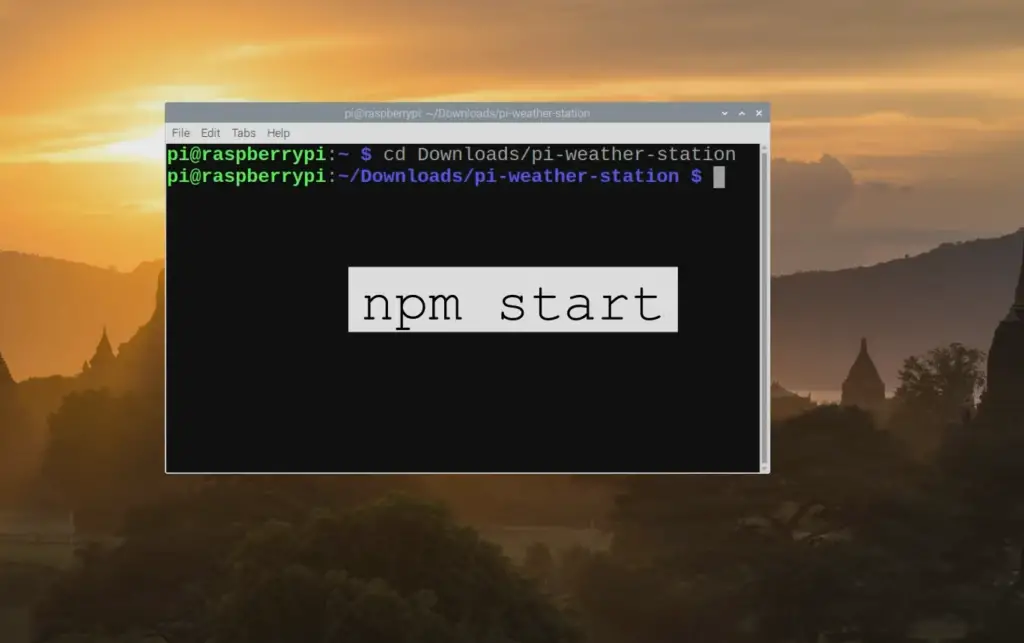
Secondly, obtaining the Software Development Kit (SDK) is crucial in ensuring the smooth functioning of the radar system. This step involves obtaining the Raspbian OS, a popular choice for Raspberry Pi projects. Alternatively, exploring alternative open-source libraries such as WiringPi or BCM2835 can provide additional flexibility and customization options.
Lastly, building and testing the radar system is the final step in the implementation process. Once the necessary hardware components and SDK have been acquired, the focus shifts to constructing the radar system and running a test sketch to verify its proper functioning. This step also encompasses fine-tuning any parameters that may affect the performance and reliability of the radar system, ensuring optimal results.
By following these three comprehensive steps, enthusiasts can successfully implement the Raspberry Pi radar project, opening up a world of possibilities in the realm of sensing and detection. [1]
Software requirements
The software requirements for the Raspberry Pi radar project are relatively simple, yet crucial in achieving desirable outcomes. Firstly, it is important to obtain a suitable operating system that can ensure the smooth functioning of the radar system. Raspbian OS, with its user-friendly interface and extensive compatibility with various sensors, is highly recommended for this project.
In addition to the operating system, familiarity with programming languages such as Python or C++ can greatly benefit the development process. Being proficient in these languages allows for the creation of necessary code to effectively control and interact with the sensors. Moreover, incorporating open-source libraries specifically designed for Raspberry Pi projects can streamline the development process and provide additional functionalities, enhancing the overall performance of the radar system.
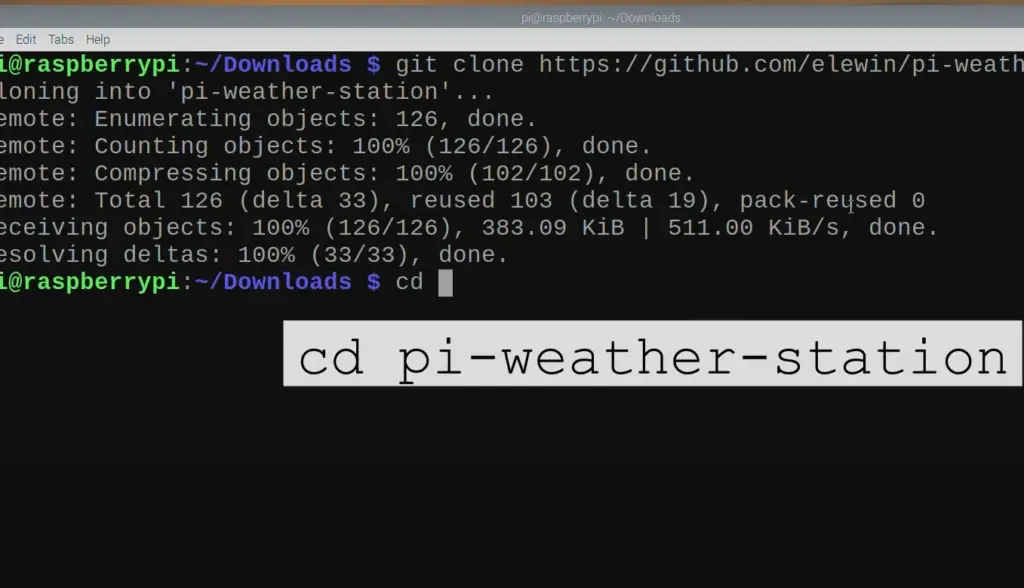
Programing Language Requirements
The Raspberry Pi radar project can be implemented using a variety of programming languages, including Python, C++, and Java. Each language offers its own unique advantages and considerations for successful implementation.
Python serves as an excellent choice for beginners due to its simpler syntax and extensive library support. Its clean and readable code makes it easier for newcomers to grasp and quickly start building projects. Furthermore, Python’s versatility allows it to be used in a wide range of applications, including scientific computing, data analysis, and machine learning.
On the other hand, C++ is a popular choice for more experienced developers due to its speed and efficiency. It provides low-level control over system resources, making it ideal for complex projects such as the Raspberry Pi radar system. With its robust performance, C++ is often favored for high-performance computing and real-time applications.
Java, known for its object-oriented programming approach and cross-platform compatibility, is another viable option for implementing this project. Its strong emphasis on code reusability and maintainability makes it suitable for larger-scale applications. Java’s wide community support and extensive library ecosystem make it a practical choice for both beginners and experienced developers alike.
Ultimately, the choice of programming language depends on the individual’s proficiency, comfort level, and specific project requirements. Whether one opts for Python, C++, or Java, each language offers robust capabilities to successfully implement the Raspberry Pi radar project. [1]
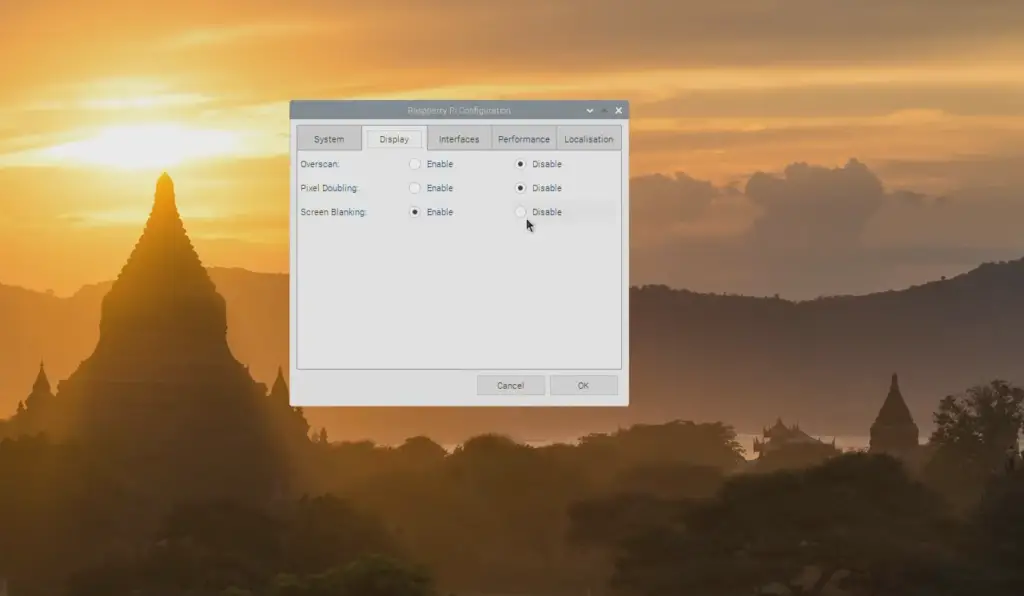
FAQ
How does radar sensor work?
The radar sensor emits electromagnetic waves, which travel through the air and bounce off objects in its path. The sensor then measures the time it takes for these waves to return and calculates the distance of the object based on this time measurement. By continuously measuring and tracking the changes in distance, the radar sensor can accurately detect motion or movement within its range.
What is an ultrasonic Raspberry Pi sensor?
An ultrasonic Raspberry Pi sensor, such as the HC-SR04 Ultrasonic Sensor, uses sound waves to measure distances and detect objects. It emits high-frequency sound waves that bounce off objects and return to the sensor. By calculating the time it takes for these sound waves to return, the sensor can determine the distance of an object from its source. This type of sensor is commonly used for proximity detection and obstacle avoidance in robotics and automation projects.
What is a Doppler radar sensor?
A Doppler radar sensor, also known as a motion detector, uses the Doppler effect to detect and measure the speed of moving objects. It emits microwaves that bounce off an object and return to the sensor. By measuring the frequency shift in these waves, caused by the movement of an object toward or away from the sensor, it can determine its speed and direction. This type of sensor is commonly used in security systems, traffic monitoring, and weather forecasting.
What is the difference between radar and Doppler?
Radar and Doppler are often used interchangeably, but they have distinct differences. Radar is a general term for any system that uses radio waves to detect and track objects, while Doppler radar specifically measures the speed of moving objects using the Doppler effect. In simple terms, radar can detect the presence of an object, while Doppler can also measure its movement. By combining the two, a radar system can not only detect but also track moving objects in its range. So, while they may have different functions, they often work together to provide precise detection and tracking capabilities.
What are the uses of radar?
Radar has a wide range of applications in various industries such as aviation, defense, meteorology, and navigation. It is commonly used for air traffic control, weather forecasting, surveillance and tracking, speed detection, and mapping. In recent years, radar technology has also been integrated into consumer products such as smart cars and home security systems. Its ability to detect motion and track objects makes radar a versatile tool in many fields. With advancements in technology, the potential uses of radar continue to expand, making it an essential aspect of modern life.
What is the main advantage of radar?
One of the main advantages of radar is its ability to detect and track objects from a distance, even in adverse weather conditions. Unlike other sensors that rely on light or sound waves, radar uses radio waves, which can travel through various mediums such as fog, rain, or snow. This makes it a reliable tool for long-range detection and monitoring. Additionally, advancements in technology have enabled radar systems to provide accurate and real-time data, making it a valuable tool in many industries. Overall, its versatility and precision make radar an essential aspect of modern technology.
Why is radar beneficial?
Radar is beneficial for many reasons, including its ability to provide accurate and real-time data, its versatility in various applications, and its reliability in adverse weather conditions. It has significantly improved safety and efficiency in transportation, weather forecasting, and defense systems. Additionally, the constant advancements in radar technology continue to expand its potential uses and make it an essential aspect of modern life. As our world becomes more connected and reliant on technology, the benefits of radar will only continue to grow.
What radar means?
Radar stands for RAdio Detection And Ranging. It is a system that uses radio waves to detect and track objects by measuring the time it takes for these waves to return after bouncing off an object. The term radar was coined in 1940 by the United States Navy, but the technology has been around since the early 1900s when scientists first discovered the ability of radio waves to detect distant objects. Today, radar is an integral part of modern technology and plays a crucial role in various industries and everyday life.
Useful Video: Raspberry Pi Rain Radar & Weather Dashboard
Conclusion
The Raspberry Pi radar project offers endless possibilities for experimentation, innovation, and learning. With the help of a radar sensor and an extensive library of programming languages to choose from, individuals can create exciting projects ranging from simple motion detection systems to advanced tracking and mapping applications. Whether you are a beginner or an experienced developer, the Raspberry Pi radar project is a fun and rewarding way to explore the world of radar technology and its vast potential. So why not give it a try and see where your creativity takes you? Remember, the possibilities are endless with Raspberry Pi and radar technology!
References
- https://learn.sparkfun.com/tutorials/using-the-a111-pulsed-radar-sensor-with-a-raspberry-pi
- https://www.skyfilabs.com/project-ideas/ultrasonic-radar-using-pi





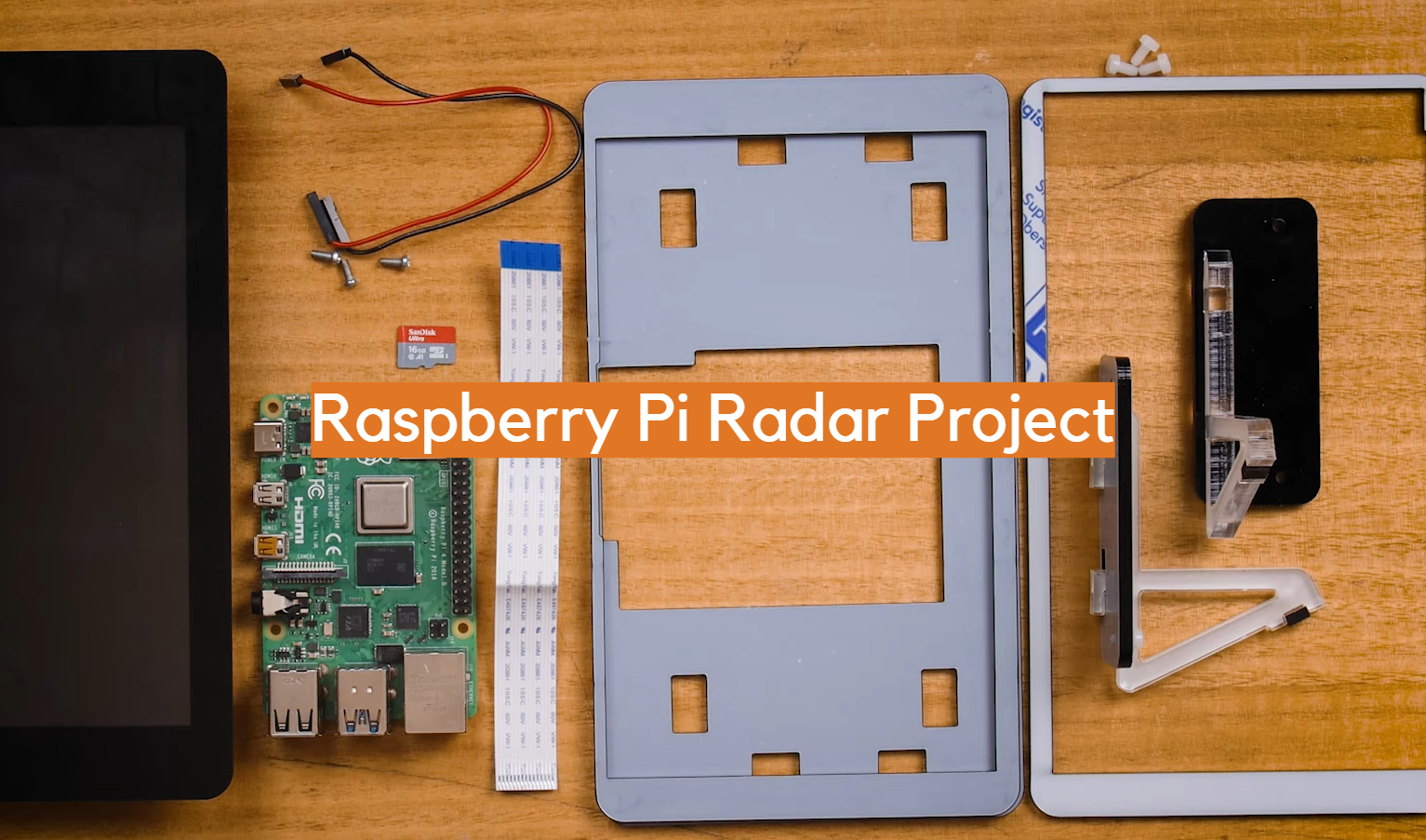







Leave a Reply